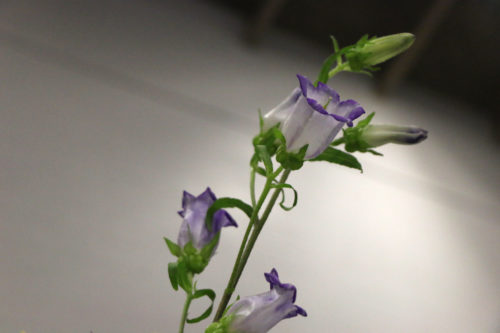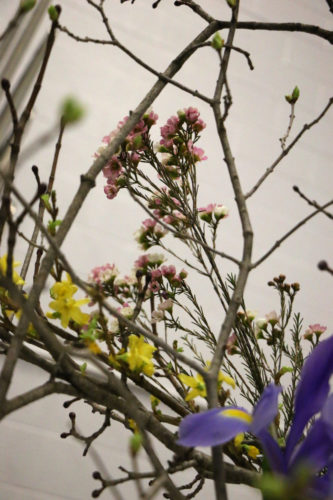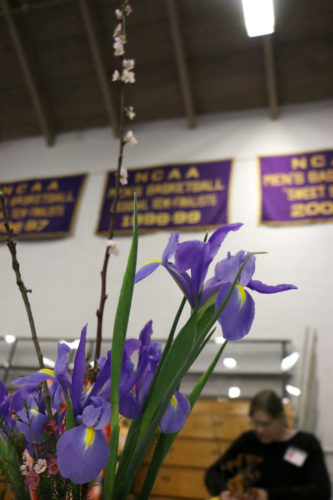With flowers and branches grown and picked in her front yard, Michiko Oishi gives new life to flowers in an art discipline known as Ikebana, or Japanese flower arrangement.
Oishi, also a Japanese teacher as Champlain college and a Koto player, started arranging flowers for Ikebana when she came to Vermont. Since then she has taught Ikebana and has done presentations at Champlain College and also most recently at the Matsuri festival held this year in the Ross Sports Center at St. Michael’s College on Sunday, Mar. 26.
“It’s another form of expression,” Oishi says about Ikebana, also mentioning how it relaxes her particularly if she’s stressed or unhappy.
Ikebana translates roughly to “giving life to flowers,” containing the characters for life and flower and dates back to 7th century Japan when it was used as an altar offering. Ikebana was most popular in the 16th century in Buddhism and has since spread globally as an art form.
Currently, Ikebana is a spiritual art form expressing the mixture of nature and humanity. Using nature as the medium, an Ikebana artist crafts their arrangement with carefully selected flowers and branches, creating simplistic shapes and lines.







